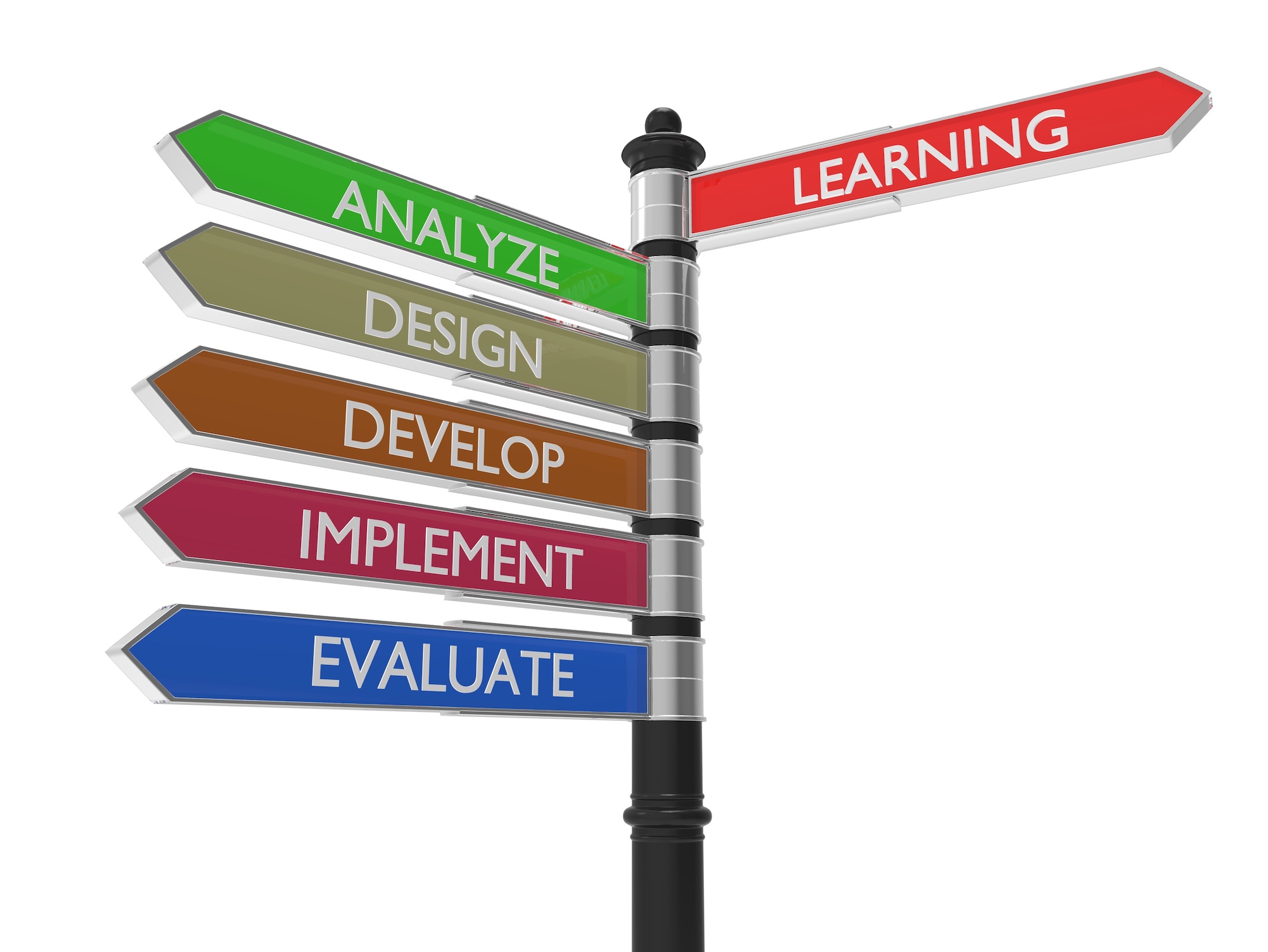We are using cookies to collect data that help us give you the best experience of our site, by continuing to use the site, you are agreeing to our use of cookies.
Read more
training blog - design is easy, just make 100 PowerPoint slides!
The thing is, if you know no different then there is a reason why you’d go down this path; however, ignorance is bliss especially when you can do something about it by learning how to design training properly; it’s not just about making some PowerPoint slides, it’s so much more:
When I get people to think a really basic design task, I get them to think about having a room full of people who have never made a cup of tea or coffee, and you have to train them. A simple task, right? Well it is for us because it’s something most of us will do autonomously without even thinking about it; but if someone’s never done it before, just take a moment to consider what you will have to plan and then teach them:
1. What will the need equipment wise to make the cuppa?
2. How will they use that equipment safely in a safe environment?
3. What resources do they need to make the cuppa and how do they recognise they are sufficient and fit for purpose?
4. How and where will they carry out learning how to make the cuppa?
5. What’s the required output standard and how do we test it is correct?
6. How will we know that the training has been completed satisfactorily then and also in the future?
And this is just a simple task! Imagine all of the factors you have to consider when it is a more complex work task; it takes time and effort, but when done correctly, you and your business reap the rewards of workplace transfer where people can do what was required by the training. Good training design is just like any good continuous improvement ‘loop’, and at Target Training we use the tried and tested “Systems Approach to Training” or SAT for short. SAT encompasses the following elements for best practice training design:
1. Training Needs Analysis (TNA) – Identifying training needs for individual and organisational needs.
2. Training Design – Planning methods and means of delivery and making our essential training materials.
3. Assessment Options – Assessing to ensure the training is working.
4. Evaluation – Ensuring the training is fit for purpose at the point of delivery and in the workplace at a later date through qualitative and quantitative evaluation.
As you can see, slightly more complex than merely building PowerPoint slides but a means to ensure that your training does what it was meant to do if you’d like to learn how, join Ralph on one of our 2-day design courses, more info HERE.
Scott Fraser is a Master Trainer at Target Training and delivers our PTT Train the Trainer courses and our Advanced PTT Train the Trainer courses. You can read more about him here.



 0800 302 9344
0800 302 9344 Info@targettrg.co.uk
Info@targettrg.co.uk
